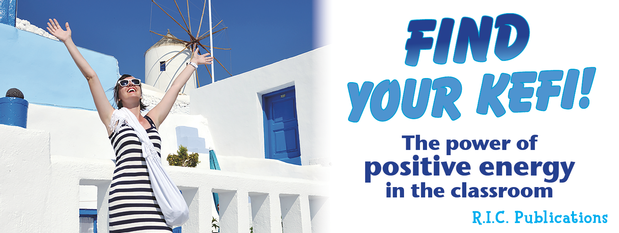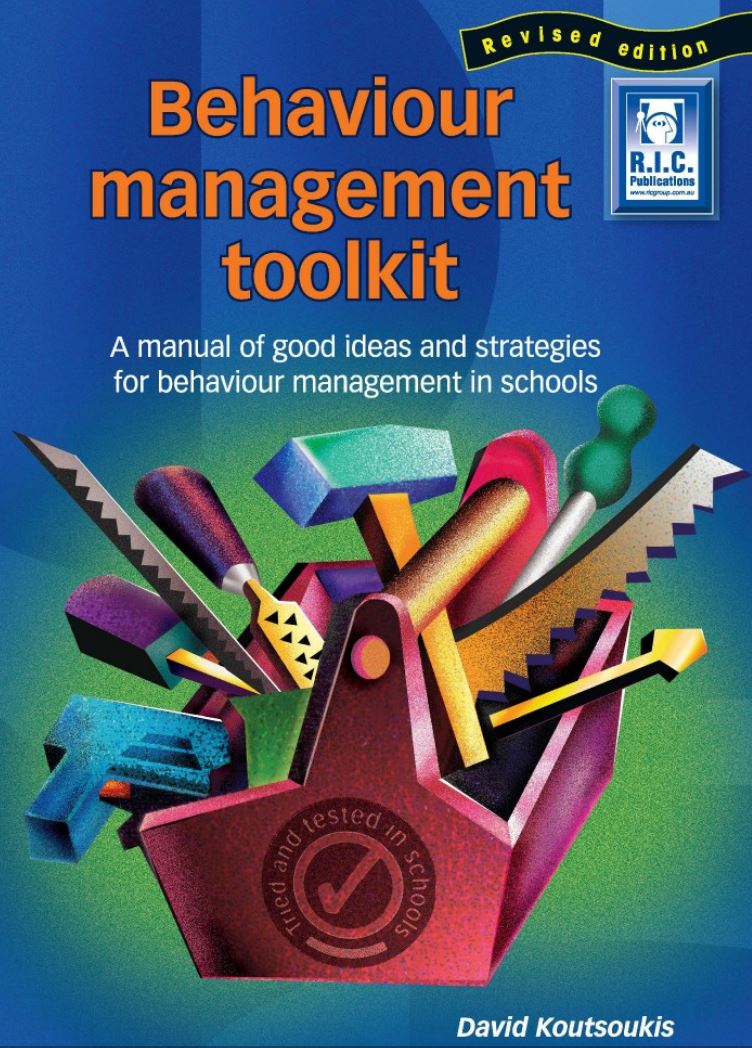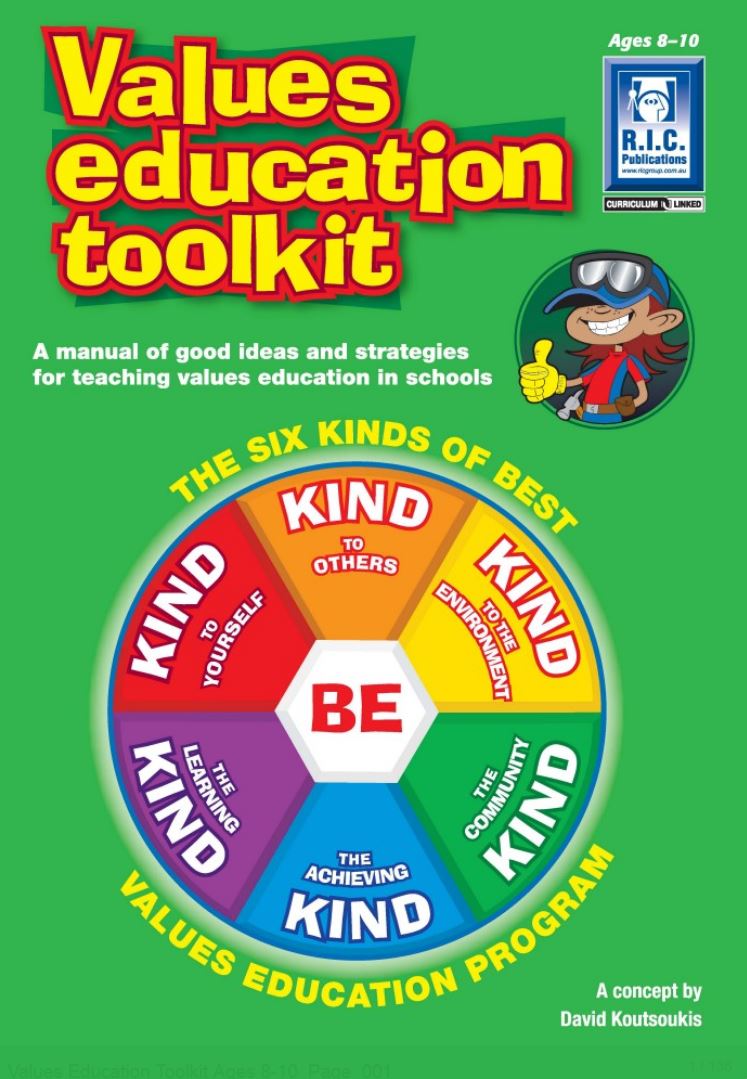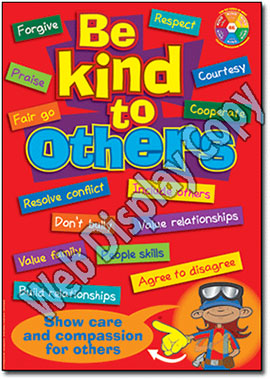- Tuesday 30 May 2017
- 0 Comments
Imagine you are stepping off a ferry onto the jetty of an enchanting Greek island dotted with blue and white buildings and surrounded by a sparkling sea. A string of blue and white flags dance in the breeze to the sounds of bouzouki music. Your host greets you with an exuberant ‘Kalimera’ (good morning) and ‘Yassou’, a multi-purpose greeting that can mean ‘hello’, ‘goodbye’ or ‘cheers’. You have feelings of joy and excitement, and experience a surge of energy in anticipation of exciting times ahead … Greeks have a name for this feeling of joy—they call it ‘kefi’. Kefi can be simply defined as a ‘zest for life’—and I’m sure you’ll agree that kefi is a great attribute for teachers.
The kefi we ‘experienced’ as we stepped off the ferry was created by a combination of the anticipation of the trip, the stimulating environment and the positive energy generated by the exuberance of our host. This combination put us in a positive frame of mind and helped create a sense of excitement.
So what can educators learn from our visit to a Greek island? If you want to build a positive classrooms and schools you need to find your kefi! As the key motivational source for our students, we need to ensure that we have kefi when we greet our students in the morning and say goodbye in the afternoon. We also need to create kefi learning environments that build anticipation and generate excitement.
The power of kefi
- Emotional contagion
- Neural pathways
- The priming effect
How to find your kefi
- Have a kefi ritual or affirmation; e.g. click your fingers and say, ‘I’ve got kefi!’
- Pick an energising tune as your kefi song. Play it when you need to find your kefi.
- Wear a kefi wristband to remind you to find your kefi.
- Read your favourite kefi quotes.
- Get some kefi rays—sunshine increases your serotonin levels.
- Find a kefi colleague—someone at work you can have a laugh with.
- Do your kefi dance. The default kefi dance is (of course) ‘Zorba the Greek’—don’t forget to click your fingers!
And two points to note:
- Be enthusiastic, but stay calm—too much emotion (positive or negative) drains your kefi cup.
- Conserve your kefi—mental energy is a finite resource, so don’t use it up too early (and have some left for when you go home to your family).
Download the full article as a PDF here.
David Koutsoukis is the author of numerous books and resources for educators including the Behaviour management toolkit, Why you click with some people and others drive you crazy! and the Six kinds of best values education program. He speaks at conferences, seminars and workshops throughout Australia and the Asia–Pacific region. For more information and free downloads to help you find your kefi, visit: <www.findyourkefi.com>
R.I.C publish a range of classroom resources by David Koutsoukis. Click on the image(s) below to view them in full.



